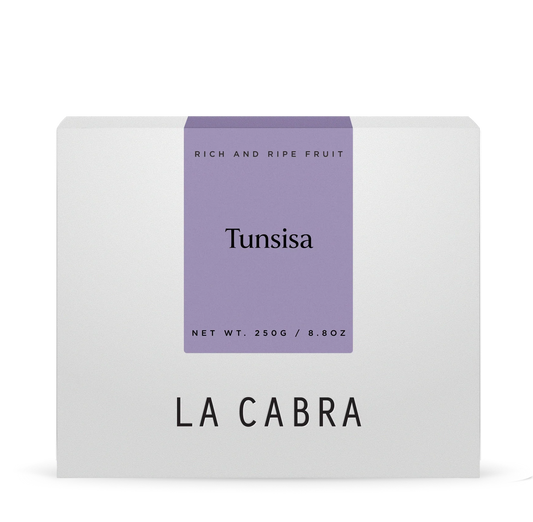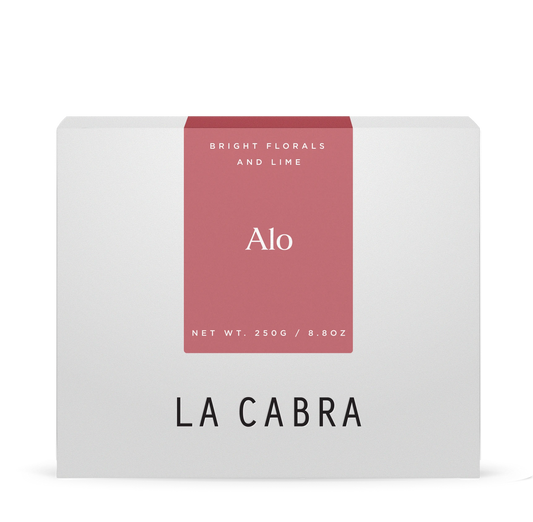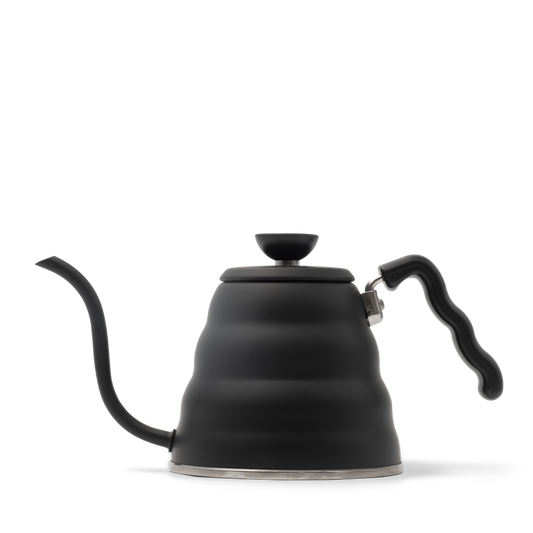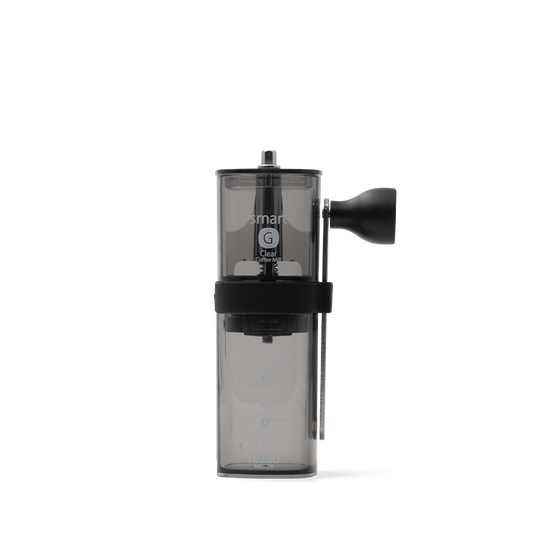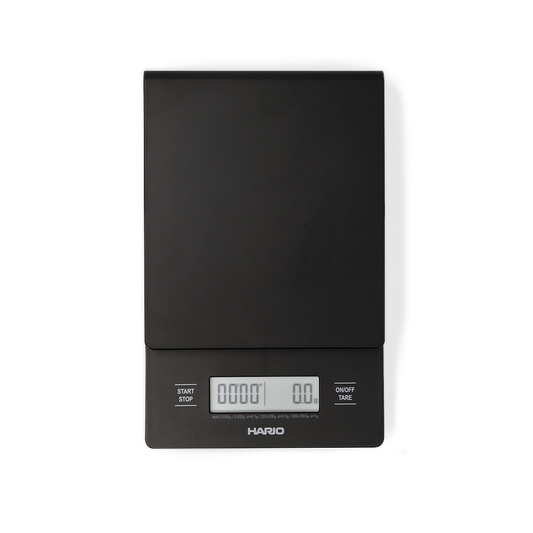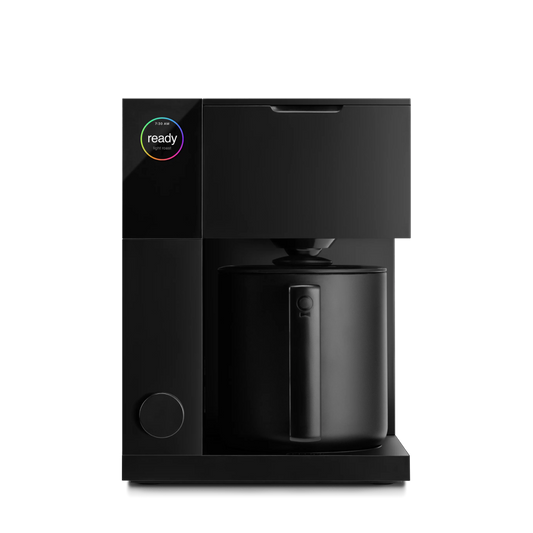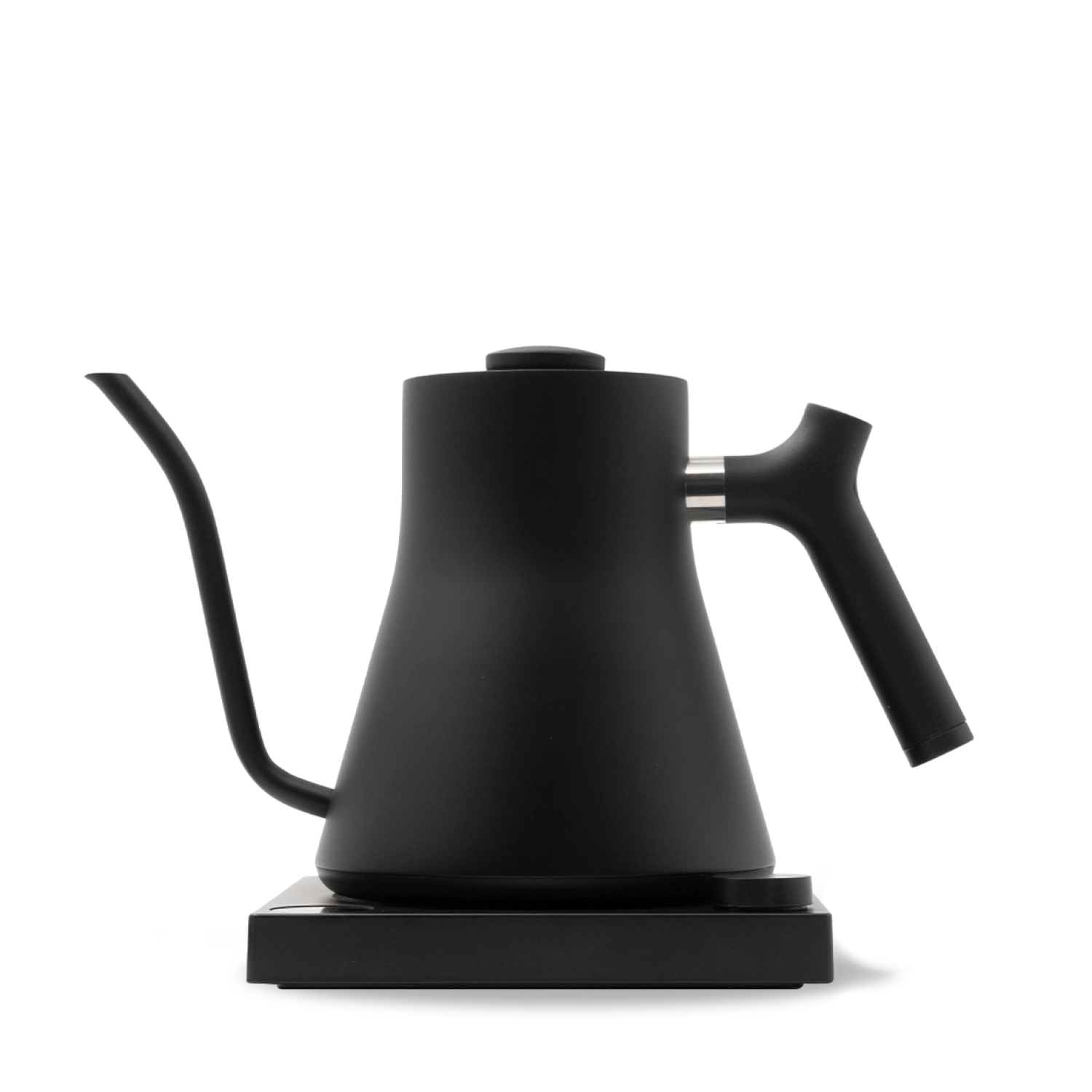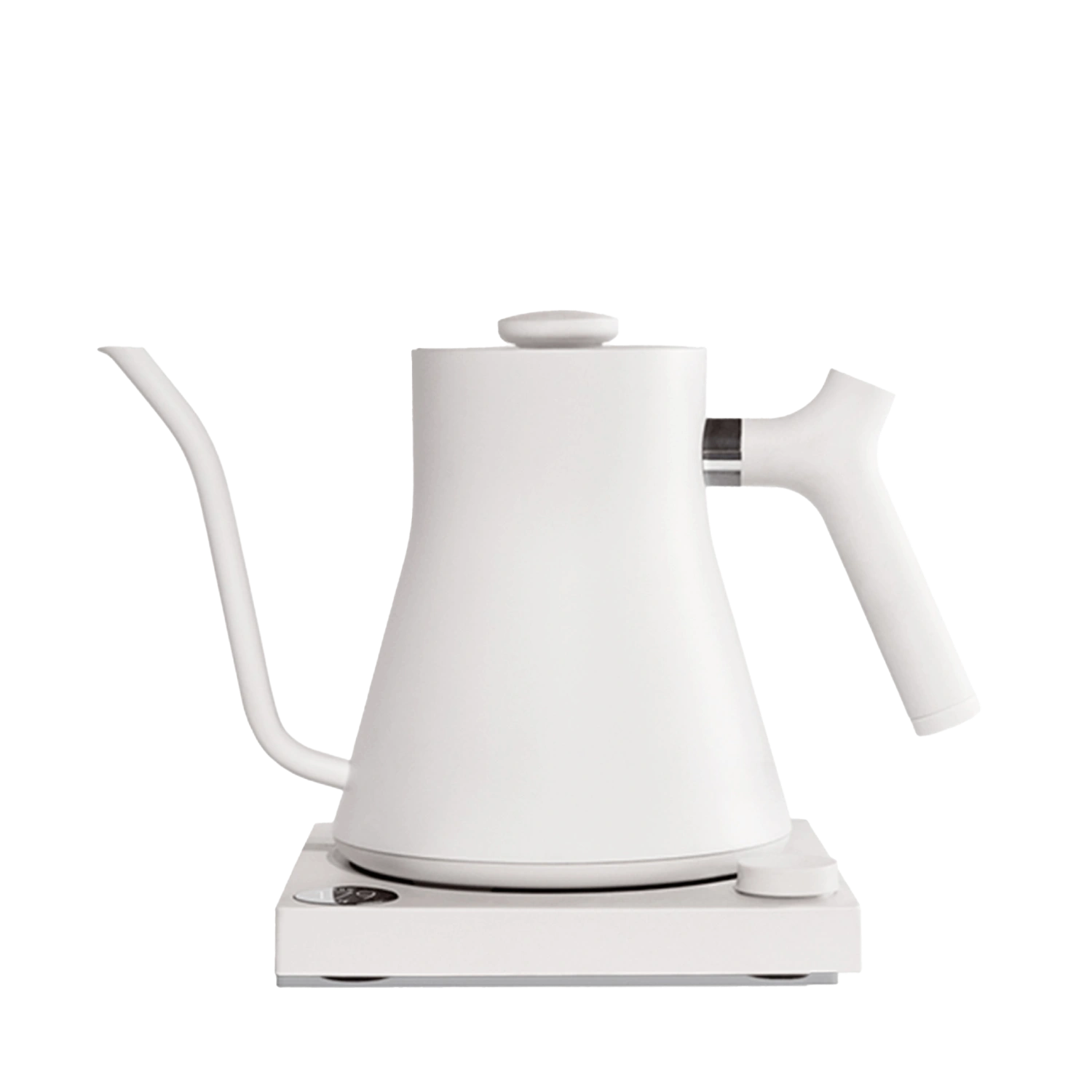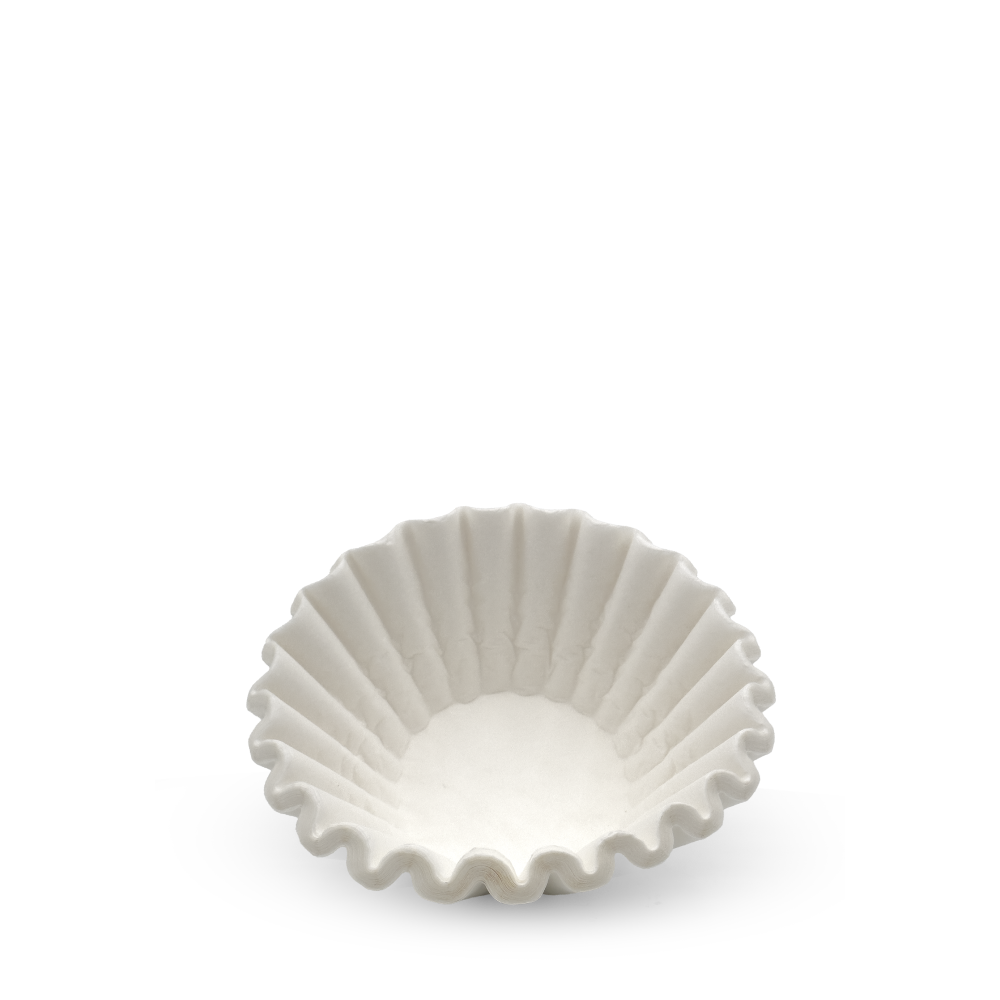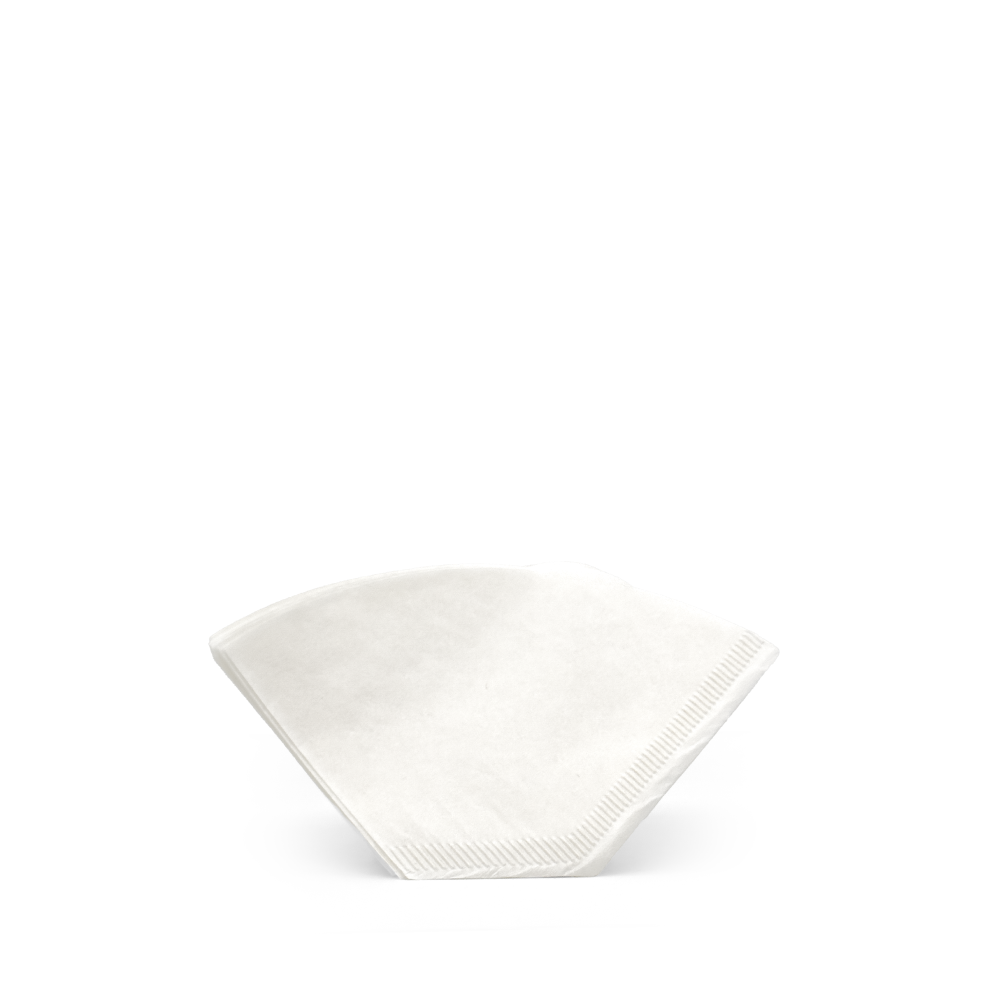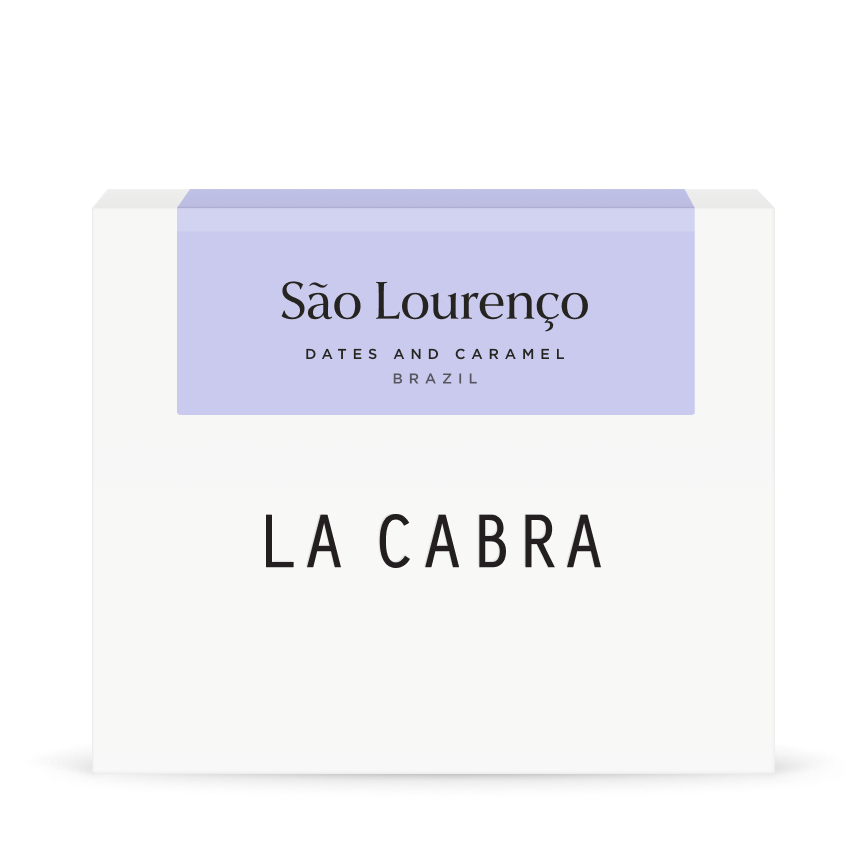
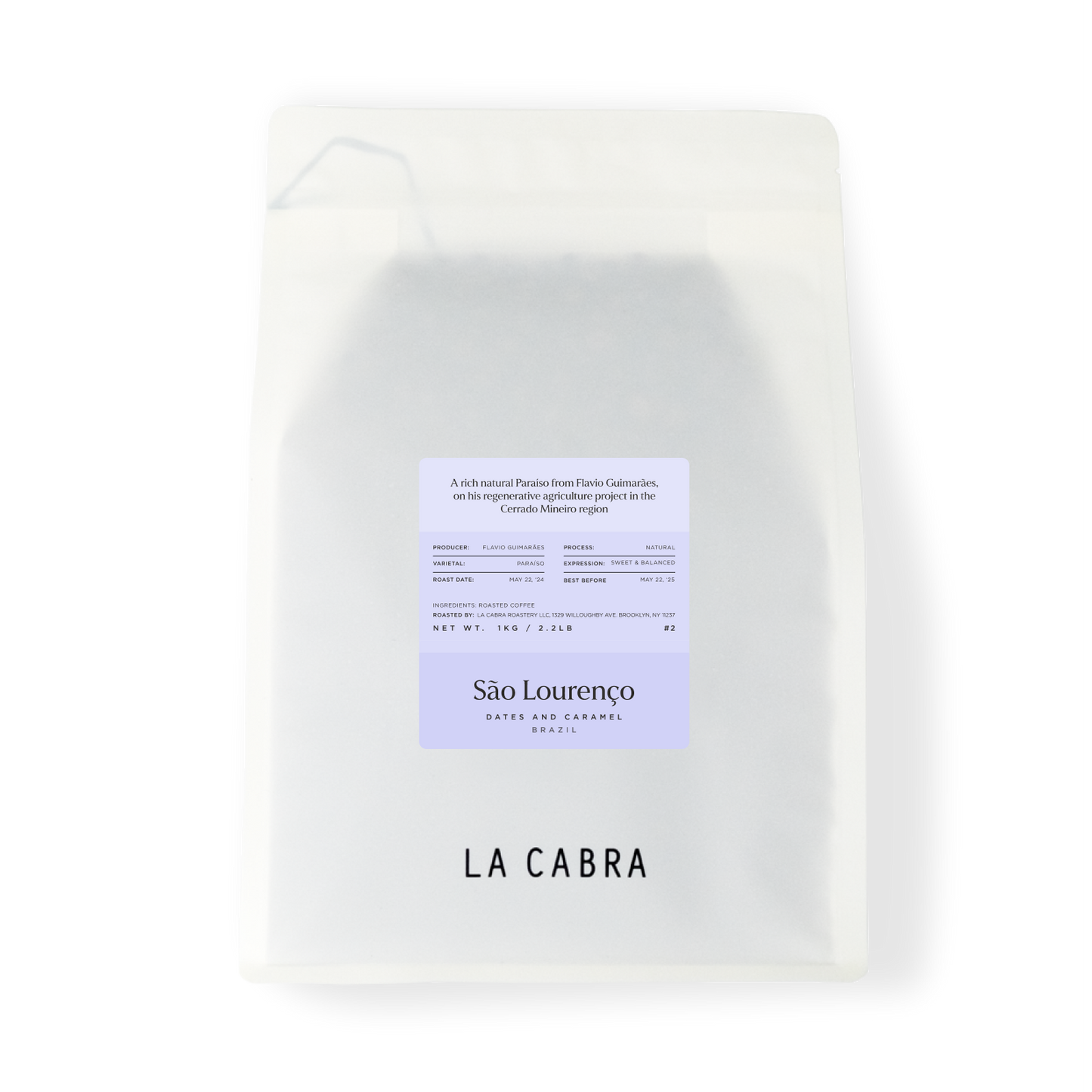
São Lourenço
São Lourenço is located in Varjão de Minas, in the Cerrado Mineiro region. Flavio Guimarães bought Fazenda São Lourenço in 1977, and expanded soon after to the Brasis and Santa Rita farms, both in the same region. They have built their business from the start with considered and careful agricultural practices at their core, taking their stewardship of their land seriously. As is seen often in Brazil, huge swathes of the farm are dedicated to reserved nature, with native species of flora and fauna retained in biodiverse areas of forest. In the case of Flavio’s farms, over half of the total area is dedicated to areas like these.
-(1)-v1734115201743.jpg?4860x3887)
They have also been supported by Dutch NGO ReNature to hone their practices on the farm further, planting varietals that are more drought and disease resistant, those that function and yield well without the same levels of chemical fertiliser and pesticides. This move towards regenerative agriculture has been excellent for Flavio’s farms, and seems to also be improving quality. Quality has also been a bog focus of Flavio’s work at São Lourenço since the start, aiming to grow some of the finest coffees in the country.
Natural Paraíso
This lot is of the Paraíso varietal, one of many crossings of the Catuai varietal and Timor Robusta hybrids, a group often known as Catimors. Paraíso was released in 2012 by EPAMIG (The Minas Gerais Agricultural Research and Development Company), and is known for its short structure, high yields, and disease resistance. The trees also start fruiting after two years, compared to the normal three, which represents a huge saving for farmers. While this lot is a natural, a pulped natural lot of Paraíso from the same farm won Illy’s quality competition for the whole of Brazil this year, being crowned ‘The Best of the Best’.
This lot’s full natural process leads to a heavy and rich profile, clearly communicating the intense sweetness from Paraíso’s Catuai heritage, with notes of caramel, dates and jammy cherry.
-(1)-v1734115203381.jpg?3762x4702)
Cerrado Mineiro
The region of Cerrado Mineiro is part of the state of Minas Gerais in southeastern Brazil. In 2013 the region became the first in Brazil to be granted a protected designation of origin certificate, similar to Champagne or Scotch whisky. To qualify for the title ‘Cerrado’, the coffees must be speciality grade and grown above 800 masl in the Cerrado Mineiro region. The 4500 producers of the Cerrado region produces 6 million bags of coffee a year, from 210,000 hectares of coffee growing lands. Most of the lands here are of quite low altitude compared to most of the coffee we buy here at La Cabra, and are more flat, rather than on more mountainous terrain. The region has characteristic and distinct seasons, with a wet warm summer, and a dry winter, leading to more consistency in growing conditions between years. The dry climate during harvest means less issues with drying coffees, part of the reason so many high quality naturals are produced here.
-(1)-v1734115204661.jpg?3690x4613)









